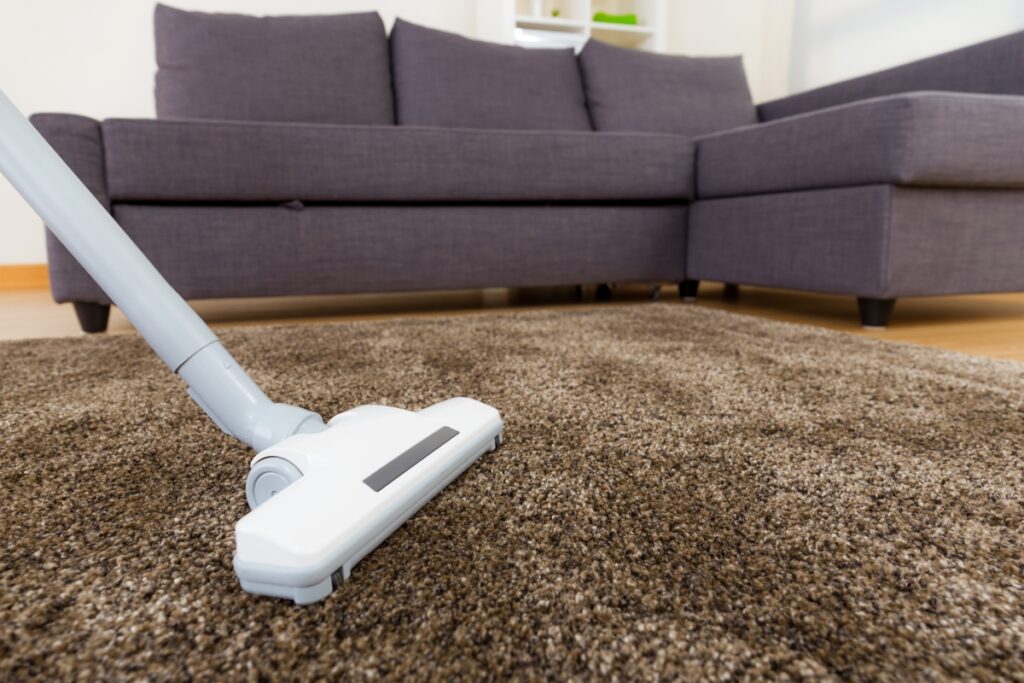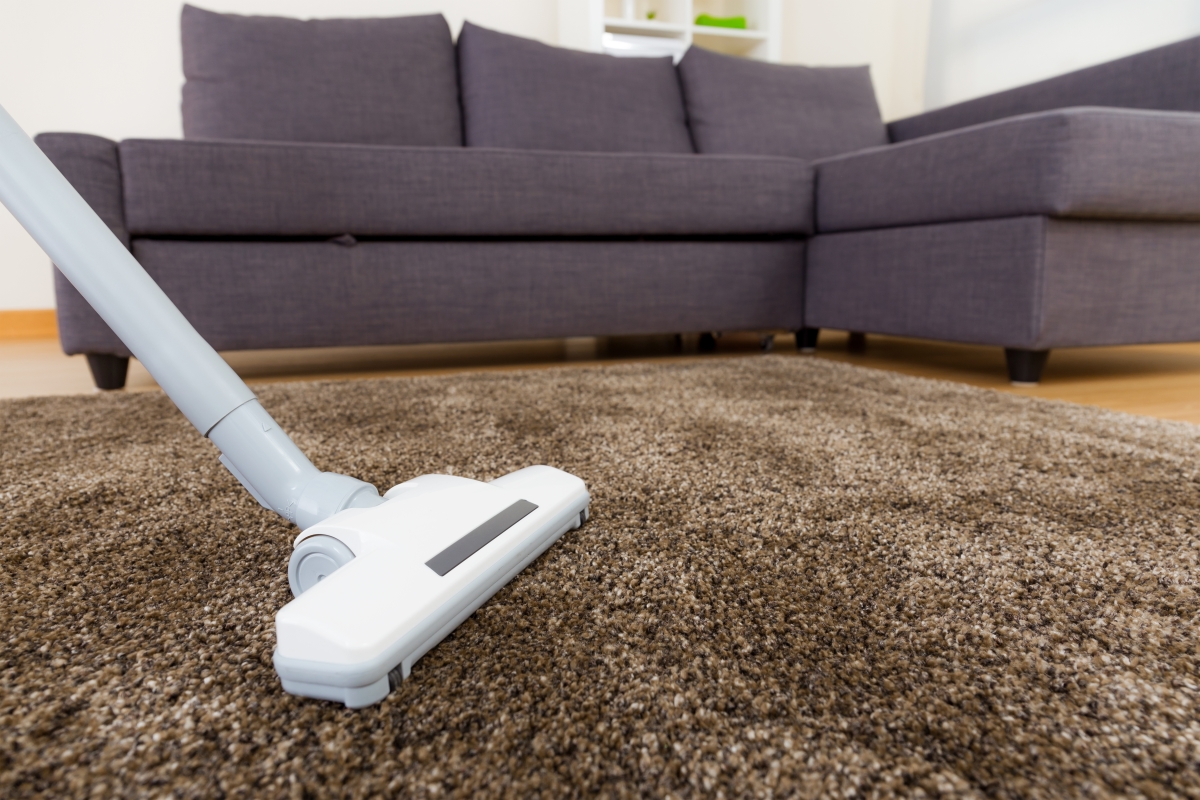Rugs and carpets are an essential part of flooring worldwide. They add cushion, ascetics, and warmth. Synthetic carpet is not a natural fiber. Please read on to lean more about synthetic rugs and carpet characteristics.
What is Synthetic Carpet?
All carpets are not made with the same techniques. Also, they use different materials according to the place it will be spread. Further, the manufacturing method of the Carpet also depends on the type of material.
Basically, carpets are a textile product and a rich floor covering. They consist of two layers. The top layer attached to the pre-woven bottom layer is called the “pile”. According to the different materials they have made, carpets have different classifications. Carpets are usually wool, jute or synthetic fiber.
Carpets made of synthetic fiber are Synthetic Carpets. Worldwide production happens using a variety of chemical compounds, including polyester, nylon, and polypropylene. Also, machine loom technology is essential to make these carpets.
Also, there are a few categories of Synthetic Carpets in the market.
- Nylon Synthetic Carpets:- When it comes to the residential carpet industry, Nylon is the most popular type. It is durable, relatively easy to maintain and has a firm reputation for high demand.
- Polyester Synthetic Carpets:- Durability is not insufficient. But well stain-resistant. Also, fade-resistant. The price is very affordable than Nylon.
- Polypropylene/Olefin:- Polypropylene carpet is a famous desire for low-visitors, indoor areas because it’s mold and moisture resistant.
- Triexta:- Triexta is a newer, hybrid carpet. This is made with the aid of using combining sustainable materials, like corn sugars, with polyester. In phrases of durability, it rests among Nylon and polyester.
Synthetic Carpet Pros and Cons
Pros
These carpets deliver considerable advantages for the users.
- Durability:- The most common advantage among artificially made carpets and rugs. They are commonly ultra-durable than the natural fibre (wool) carpets.
- Inexpensive:- Since the supply of synthetic fiber may not diminish, the supply of the carpets is good. This keeps the price down.
- Easy to clean:- Unlike natural fibers, synthetic fibers assist the user in scrubbing hard spots, Steam cleaning, and can remove most stains from off-the-shelf cleaning products.
- Stain resistance:- Creating a permanent stain on a synthetic Carpet requires a lot of punishment.
- Many Colors to Select:- Since these are artificial, many designs, patterns, and colors are in the market.
Cons
- Static Electricity:- Synthetic fibers are very responsive to creating static charges as quick as they rub or touch something. This is typically in drier climates.
- Synthetic Carpet isn’t environmentally friendly:- The process of decomposing takes too much time. Also, they have many toxins, and the materials aren’t biodegradable.
- Shedding, Crushing and tearing:- When we use a Synthetic carpet for a long time in a high traffic area, they are subject to shedding, matting, and pilling. It may disturb the beauty and the freshness of your home.
- Less Comfy:- Some of them are incredibly comfy, but not all. The rigid fiber may give a less comfortable feel. Because these carpets are not always soft, they may reduce the luxury of your home.
Synthetic Carpet vs Wool Carpet
Now, you know what the benefits of Synthetic carpet are. Wool is also a better option in carpet and rug decisions. Let’s see what the pros and cons of wool carpets are.
Pros
- Long-lasting:- Wool is extraordinarily long-lasting and has natural lanolin in it from the sheep which helps prevent stains.
- Eco-Friendly:- Wool is an eco-friendly alternative.
- Biodegradable:- Wool is biodegradable and a brilliant insulator.
- Hypo allergic:- Wool is hypo allergic and allows the air through it soaking up dirt and allergens, making it a brilliant alternative for people with allergies.
- Lessen Humidity: It also enables less humidity by soaking up moisture from the air. Also, wool is extraordinarily heat resistant.
Cons
- Staining:- The value of wool is commonly drastically better than synthetic. Wool is extraordinarily resilient and if you have a spill it can be easily cleaned.
- Inset-friendly:- Wool carpets rarely attract carpet moths, which thrive in humid environments.


